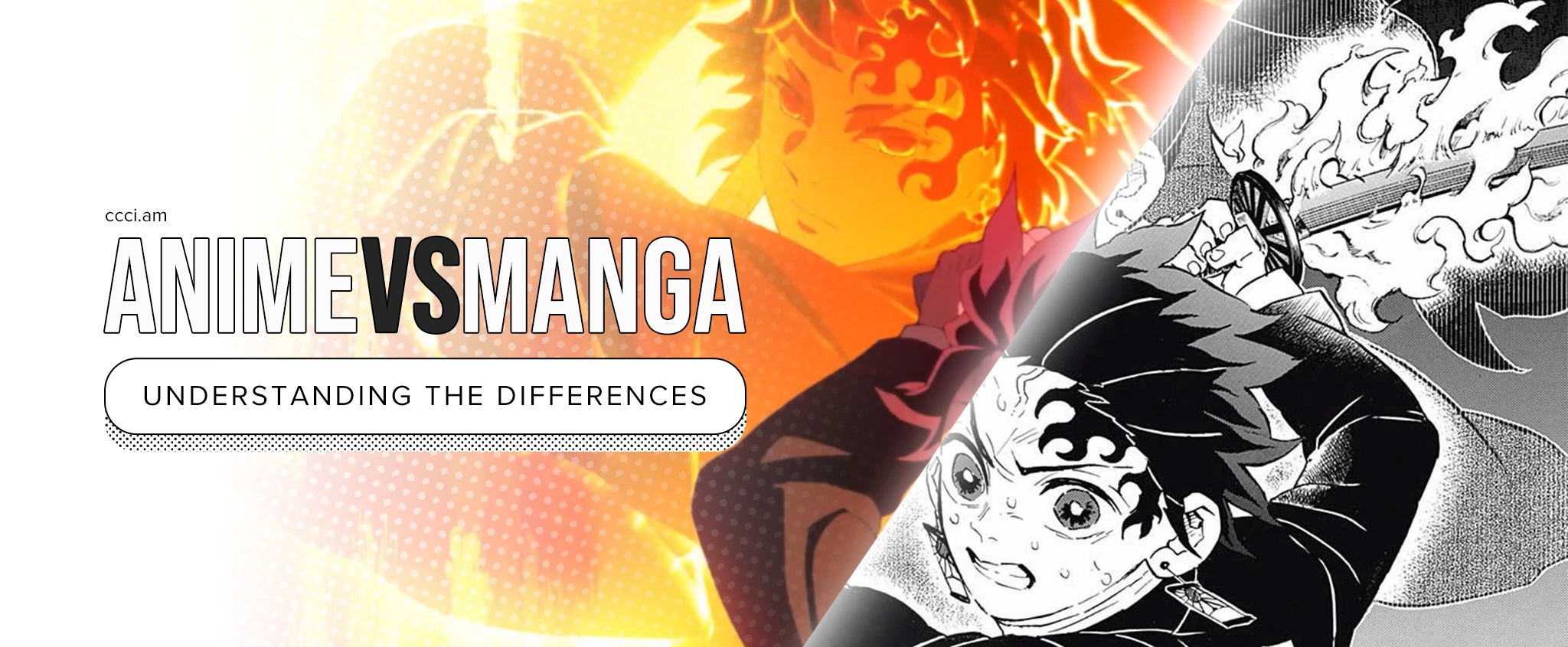6 Things to Learn from a Manga Translator
As an avid manga reader, you must have visited legal sites such as Shonen Jump, ComicWalker, and BookWalker. It is impossible to miss the best manga with translations of all time, too. One Piece (ワンピース), Naruto (ナルト), and Demon Slayer: Kimetsu no Yaiba (鬼滅の刃)? You have heard of them all! These titles have even transcended into the anime world. All thanks to the power of a manga translator.
Manga, the comics or graphic novels published and produced from Japan, has reached many other regions across the globe through the years. In fact, it is dominating the U.S. market with even the smaller titles in major outlets. In a study in 2010, manga also shows a continuous strong influence in Europe. It is no surprise, though, given how the comics capture Japan’s rich culture, artistry, and craft.
But Japanese to English manga translation is not something anyone can just do. Whether you are an avid manga reader who wants to try it yourself or a manga creator who wants to share your work, it is laborious to translate manga to English. What are six things that you can learn from a manga translator?
#1 Japanese to English manga translation involves A LOT of research.
To translate manga to English or other languages, you have to learn Nihongo or the Japanese language. You may start learning Hiragana, move on to Katakana, and then the simplest Japanese words. From there, you have to understand how Japanese grammar works, and there is also Kanji, which boggles the minds of even native Japanese speakers.
But translating manga does not only involve the language in general. You must know what a Japanese word means and find the right English word that means the same… if there is one. A single Japanese word could translate into many words in another language. Moreover, if you have never been to Japan, you have to make sure that you name the right places and terms.
It is common for a Japanese sentence not to make any sense when you translate it, so how do you assure your readers that you give them the correct dialogues and sound effects?
Research. A lot of research.
#2 Manga human translation is way different from AI translation.
Now that you have an idea of how laborious it is to do accurate Japanese manga translation, you might think, “Why not just use an online translator?”
You have Google Translate, DeepL, or even Babylon. But do these AI translators give you sentences that sound natural? They could, but nothing ever compares to human translation. Since manga series involve human characters in human situations, it best works with manga human translation.
An excellent raw manga translator should make translations sound natural and not stiff. Good translations do not sound like they were translated, and AI translations often miss this as they primarily focus on a literal translation.
With manga human translation, you go beyond just finding an equivalent English word. You get to know the character, identify the tone of their voice when they talk, and introduce them to readers as if they are your good friend!
So can you do Japanese to English manga translation with AI translators? Yes, but you might not give the best output out there. AI translators could help with basic translations, but not for whole Japanese comic books in English.
#3 Japanese comic books in English carry a whole culture.
Whether it is Shōnen, Shōjo, Seinen, Josei, or Kodomomuke, a manga tells the Japanese culture. It does not matter if you are reading a love story of two high school students or a group of superheroes saving a fictional city; the Japanese culture will always be there!
It is crucial to accurately translate even the smallest details–the sound effects of the bowing characters, the patting of the head, and how a character is surprised. These details may be often overlooked, but they say a lot about Japanese culture. Furthermore, some stories may include names of gods and goddesses, temples, and traditions.
When you translate manga to English or other languages, make sure you properly share the culture that the story holds with them.
#4 A manga translator does more than just translation.
As mentioned earlier, there is much research involved when translating a manga. You also have to maintain the humanness of every character and have a deep understanding of Japanese culture. You are not just working on every Japanese word.
Many Japanese manga translators, especially beginners, miss the bigger picture when doing translation tasks. After a line is translated into English or any language, they think their job is done. But when native Japanese speakers read the translated manga, many nuances and details are overlooked or omitted.
A character and a setting are more than just a name, just as a single line is more than just a statement. A manga translator should go deep into the story to ensure that the entire manga is precisely shared with an audience. Additionally, it would be best if you considered the typesetting, too. It is not mainly your job, but you could help by ensuring that your translation fits into the bubbles and labels.
Yes, manga translation involves a lot. But you make it work when you rise above what is written on the page!
#5 How to translate Japanese manga? There is no ONE way.
Perhaps, you will get the urge to ask, “How do I translate a Japanese manga?” hoping that there is a step-by-step guide you could follow. But no, there is no ‘one way’ to translate that manga. A professional manga translator will assure you that all your beginner’s woes are valid. The confusion, frustration, and exhaustion happen to everyone!
You have to keep practicing until you find your own translation style. One manga is not enough to make you a good translator. Moreover, there are endless numbers of genres available that you have to explore.
Translate one manga, revise, and then polish it. When you are ready to do more, move on to another title. Practice until you find your style, until you no longer get easily intimidated by it. There is no one way to translate a manga, but you can create yours.
#6 It is not easy to translate manga to English.
If it hasn’t been not clear yet, allow us to confirm it: translating manga to English or other languages is not easy. It may seem disheartening, but manga translation is a demanding task. Translators, creators, and producers may face manga translation pitfalls before successfully bringing a title into the foreign market.
It is not easy, but why does manga still manage to dominate Asia, America, France, and the Arab world? Because it is a highly creative form of literature and art. And while the translation tasks are arduous, a manga translator finds fulfillment in sharing a great story with more readers.
CCCI – Professional manga translator
At CCCI, we share the same love and enthusiasm for manga. As a top manga translation and webtoon localization company, our team of translators works along with native Japanese translators to deliver excellent manga, comics, and webtoon services. We collaborate with licensed manga distributors and publishers in Japan and other parts of the world.
You do not have to start with the basics of Japanese to English human translation. Use your time and effort to get your manga out in the market instead! Contact us for official manga translations and other services.
Read also – Thailand’s manga industry takes off, manga vs manhwa webtoon popularity in Japan.






